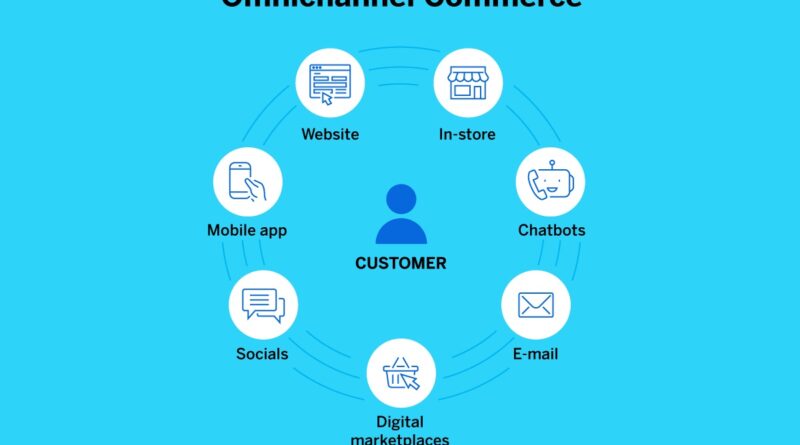How to Design a Retail Omnichannel Experience
In today’s fast-evolving retail landscape, creating a seamless shopping experience across all platforms is not just an advantage but a necessity. This is where the concept of a retail omnichannel experience steps in. By integrating all channels of shopping—online, in-app, and in-store—retailers can provide a unified experience that caters to the convenience and preference of every shopper. Effective omnichannel strategies hinge on robust omni channel commerce solutions, which help in syncing various sales and communication channels to function as a cohesive unit.
What Does The Retail Omnichannel Experience Mean To The Economy And Business Growth?
The transition towards an omnichannel approach is reshaping the economic landscape of retail by driving increased sales and customer retention rates. Businesses that adopt omnichannel strategies tend to outperform their competitors who don’t, in terms of both revenue and customer satisfaction. This approach reduces friction in the buying process, encouraging more frequent purchases and higher spending per transaction. Economically, it leads to healthier businesses capable of sustaining more jobs and contributing positively to the economy. Moreover, it promotes innovation in retail technology and service offerings, ensuring businesses continue to grow and evolve with their customers’ needs.
Challenges In The Retail Industry
Despite its benefits, transitioning to an omnichannel experience is fraught with challenges. One of the main hurdles is the integration of IT systems and data silos. Many retailers find it difficult to integrate their online platforms with physical stores seamlessly. There’s also the challenge of managing inventory across multiple channels, as stock levels need to be accurate in real-time to prevent overselling or stockouts. Customer service consistency is another area that often suffers; ensuring that customers receive the same quality of service online as they do in-store is crucial but challenging. Lastly, training staff to handle multiple channels and provide uniform information and service can be complex and resource-intensive.
Steps To Design A Retail Omnichannel Experience
Understand Your Customer’s Journey: Start by mapping out the typical customer journey, noting all the touchpoints where customers interact with your brand, from initial awareness through to post-purchase.
Leverage Technology: Implement omni channel commerce solutions that can integrate different shopping channels. Look for platforms that offer robust APIs for easy integration with your existing systems, real-time inventory updates, and customer management tools.
Unify Data Management: Create a centralized data management system that allows for a single customer view. This is vital for delivering personalized customer experiences and for effective inventory management.
Optimize Inventory Management: Utilize advanced analytics and machine learning to manage inventory efficiently across all channels. This can help in predicting demand surges, managing stock levels, and reducing logistics costs.
Consistent Brand Experience: Ensure that your brand messaging is consistent across all channels. The look, feel, and customer service quality should be uniform, whether the customer shops online, through a mobile app, or in a brick-and-mortar store.
Empower Your Staff: Train your staff to handle transactions and provide service across all channels. They should be knowledgeable about products and adept at using technology to help customers complete purchases, regardless of the shopping channel.
Collect and Act on Feedback: Regularly gather customer feedback across all channels to refine your omnichannel experience. Understanding customer preferences and pain points directly contributes to improving service and engagement strategies.
Conclusion
Designing a retail omnichannel experience is an evolving and continuous process that requires dedication and innovation. By embracing omni channel commerce solutions and focusing on seamless integration and exceptional service, retailers can create a harmonious shopping environment that meets the high expectations of today’s consumers. This not only drives business growth but also strengthens the economy by adapting to the digital age’s demands.



